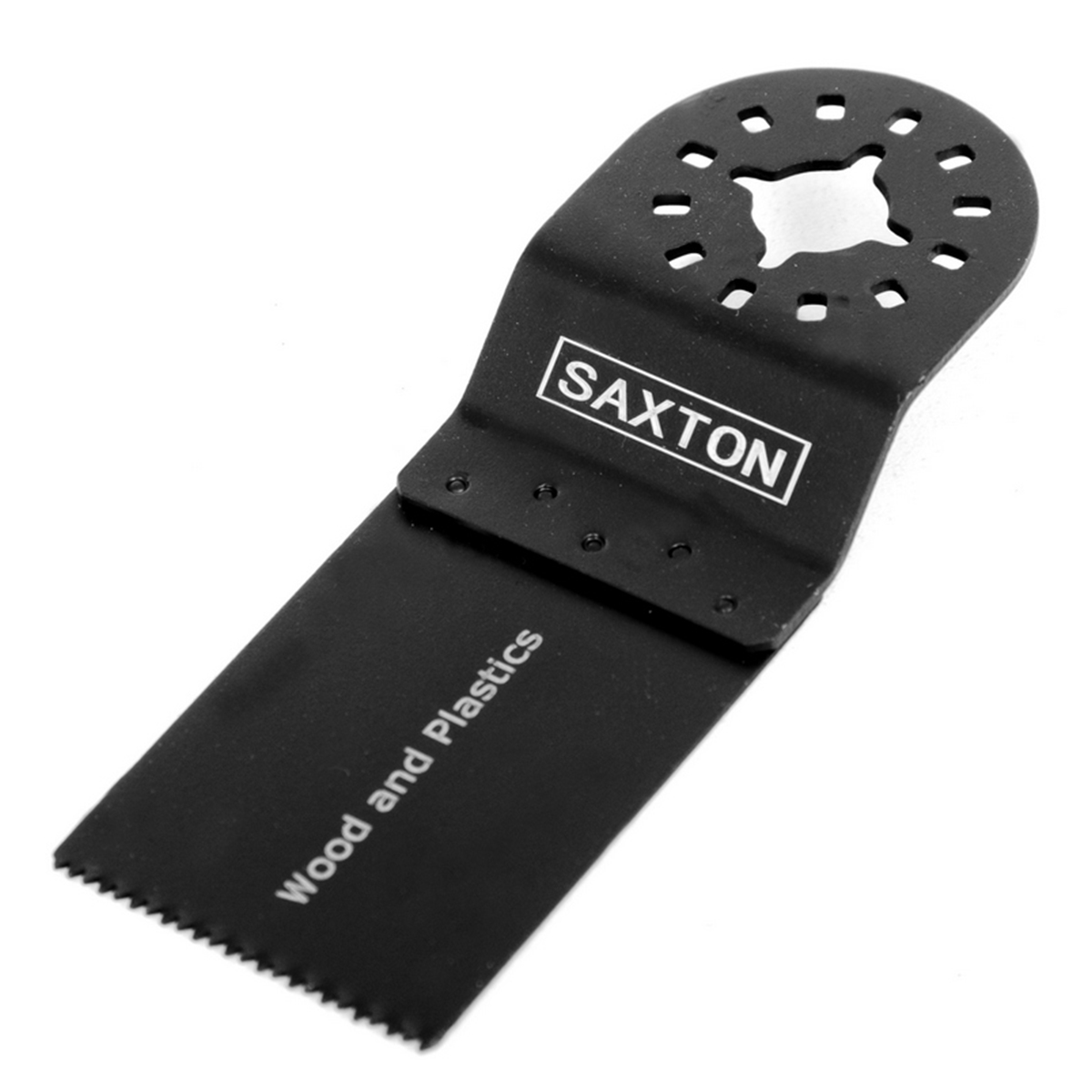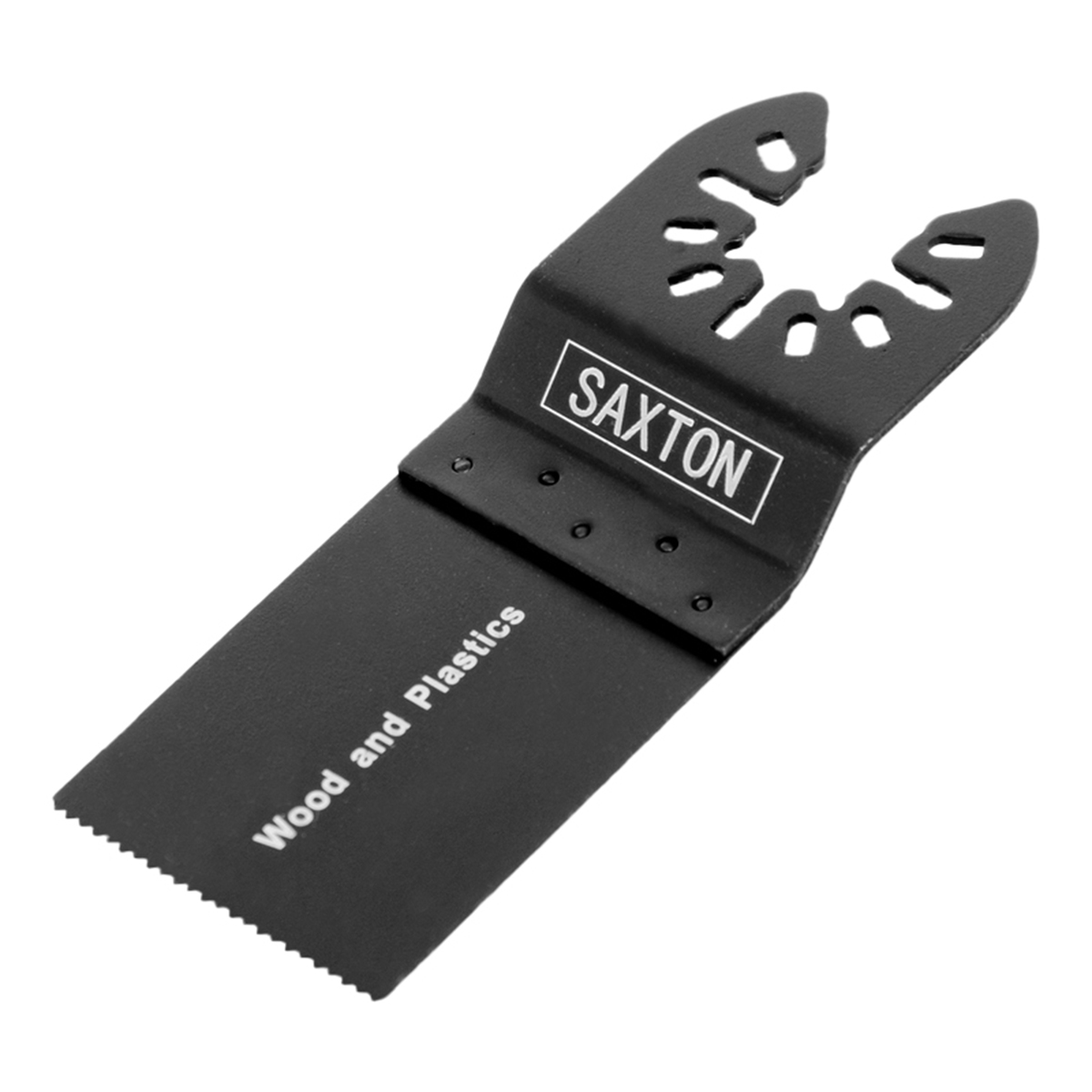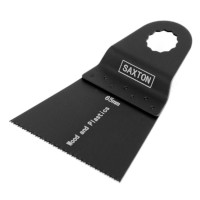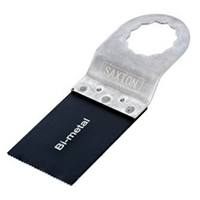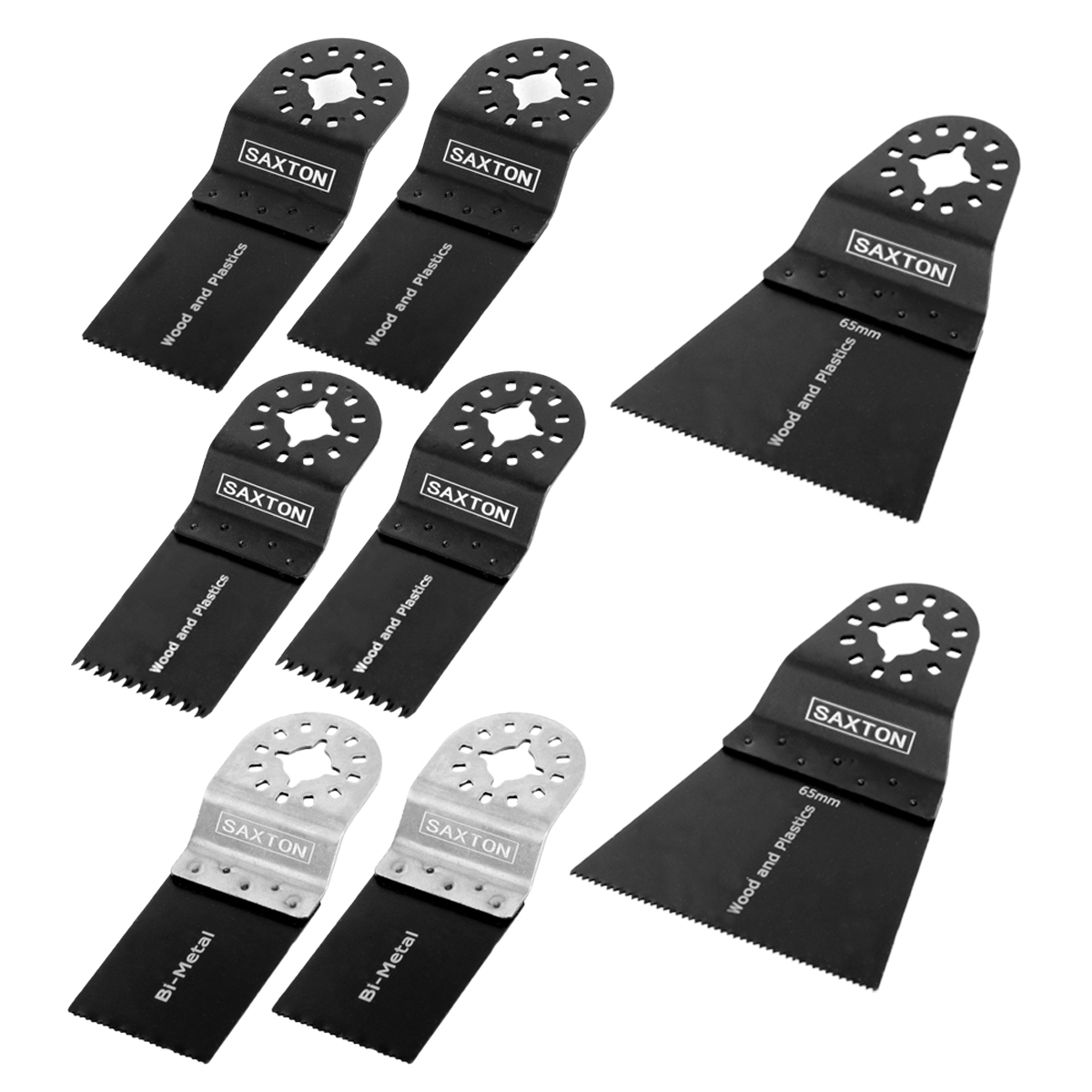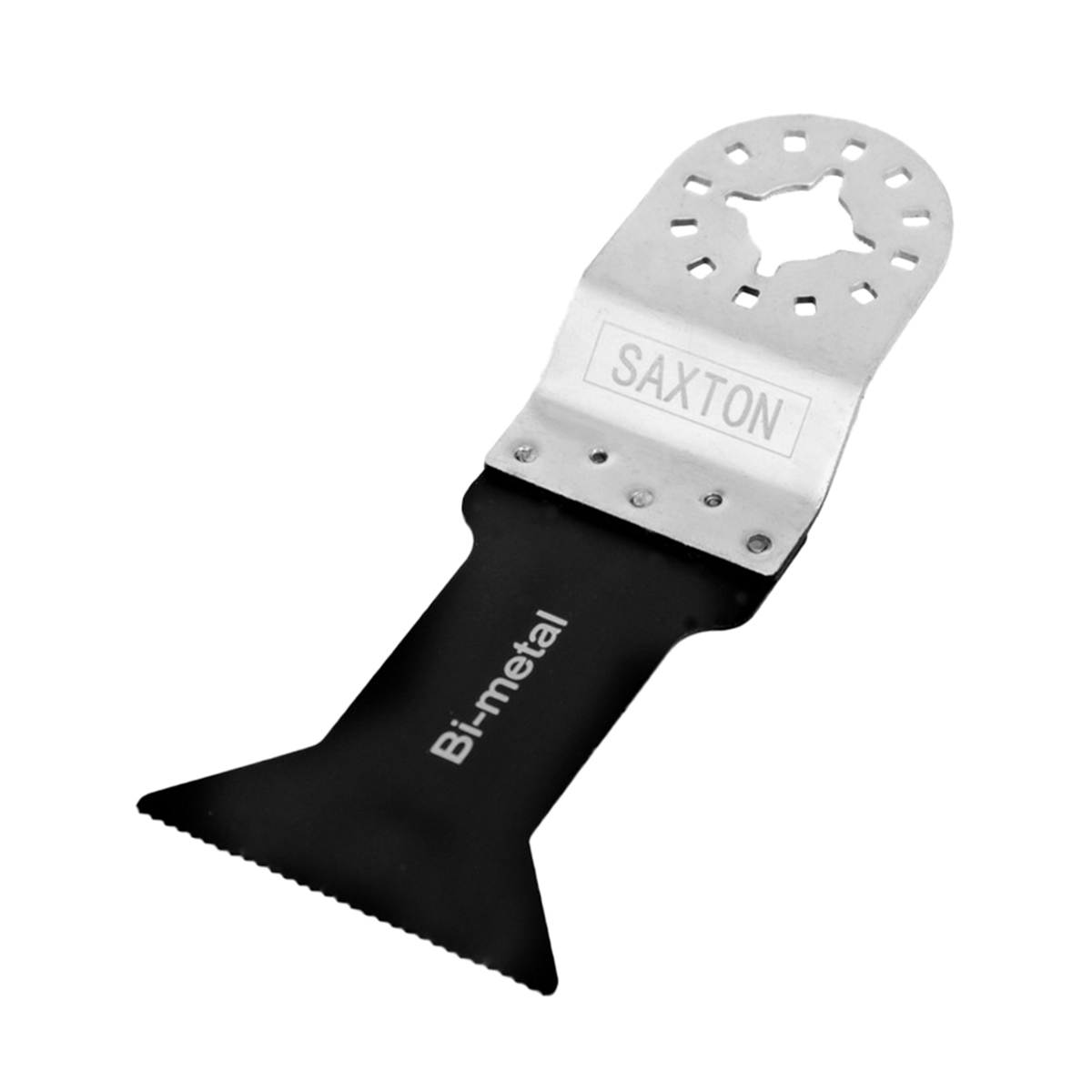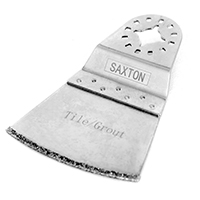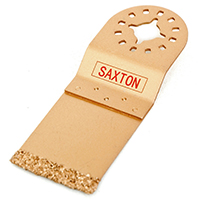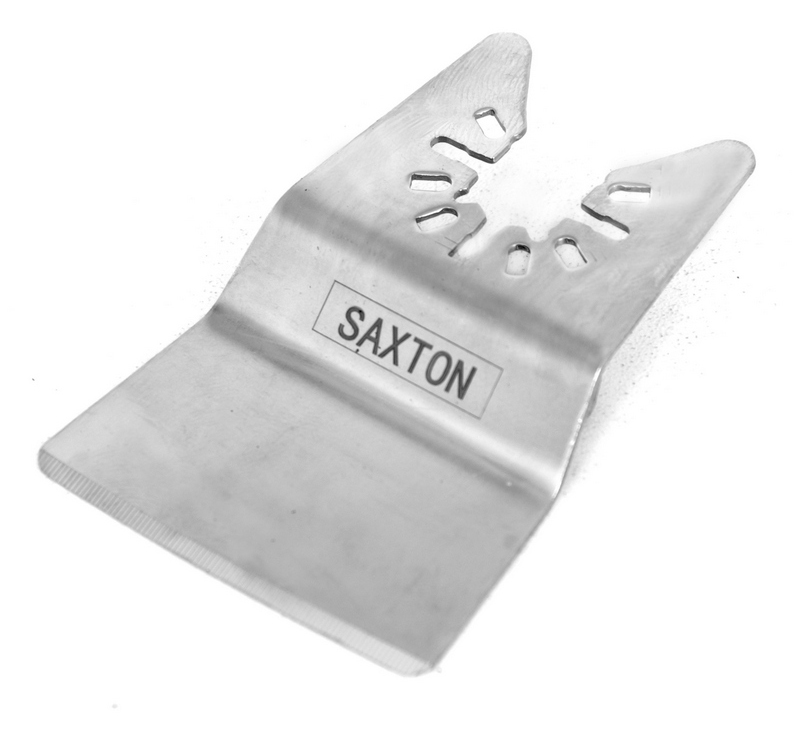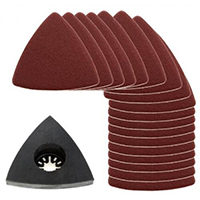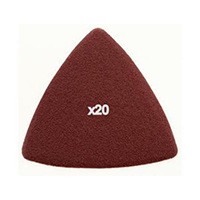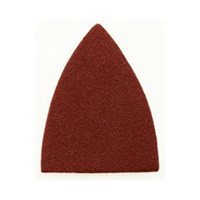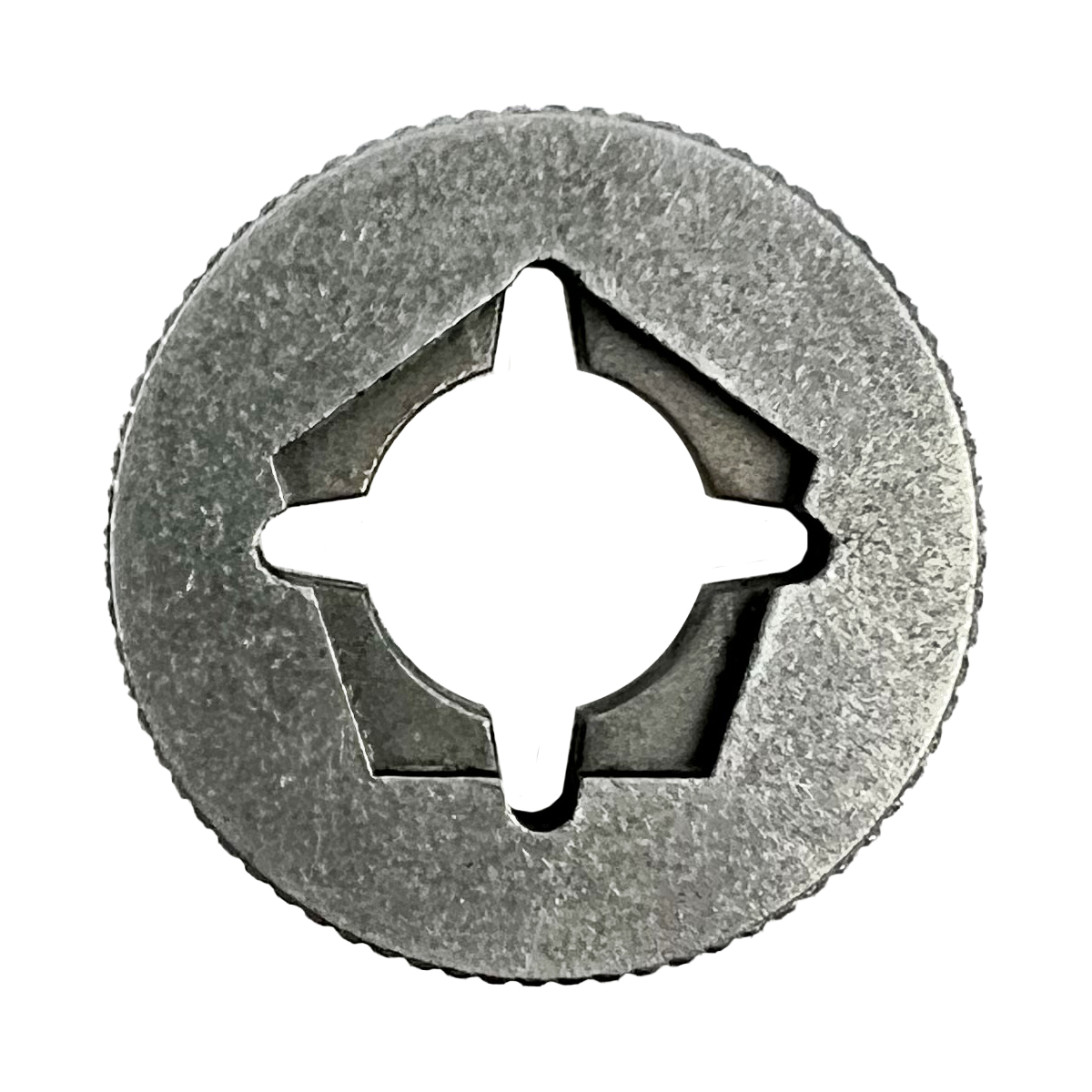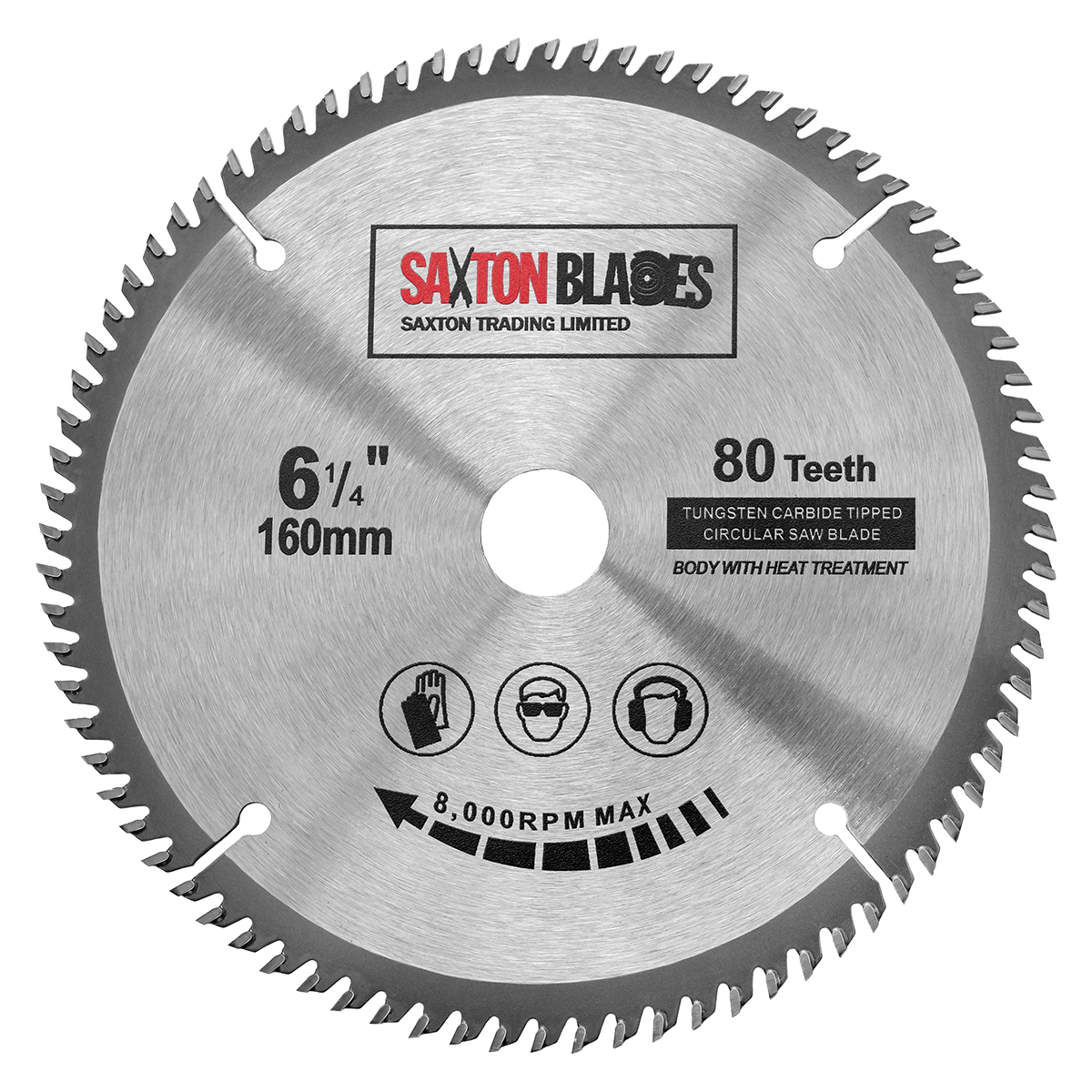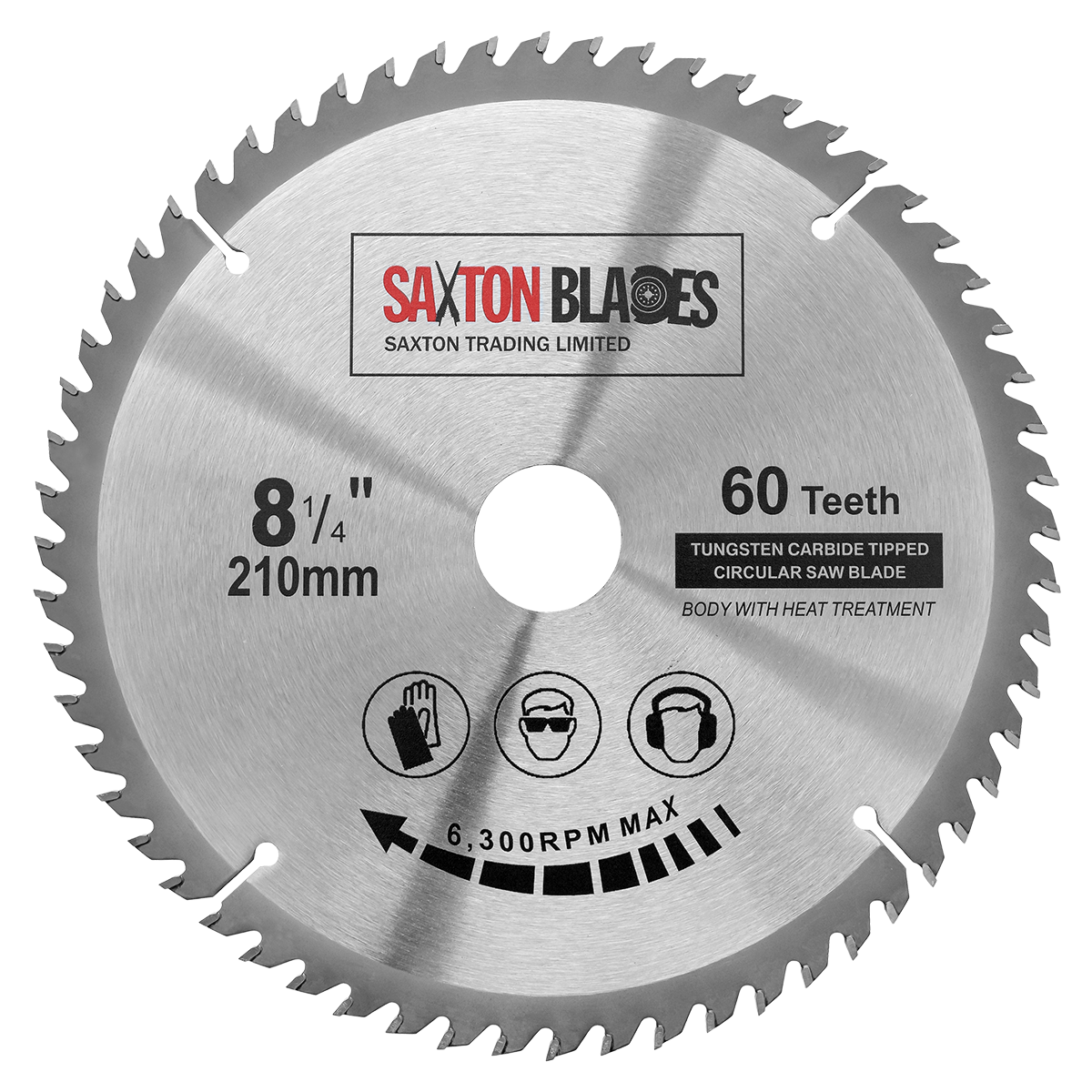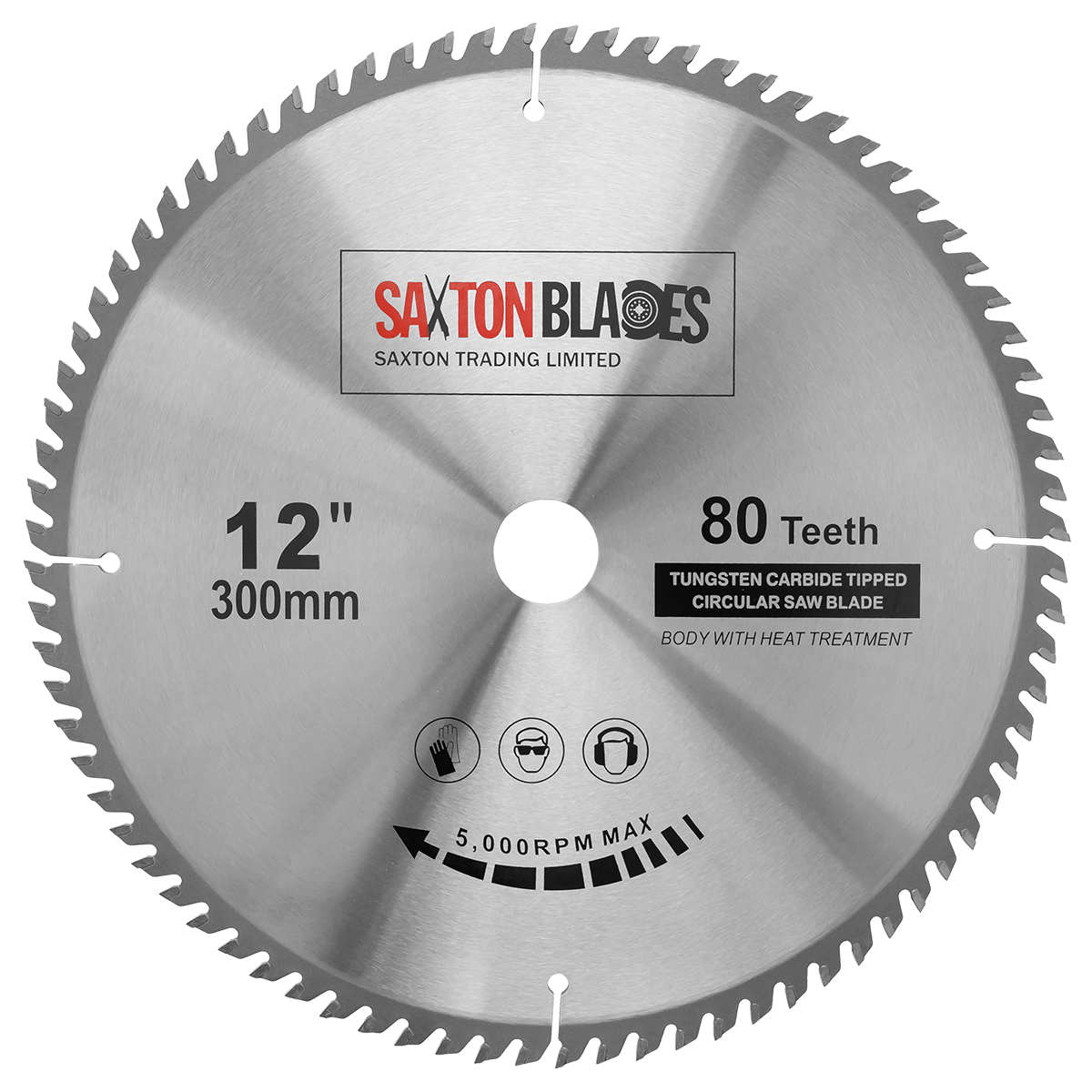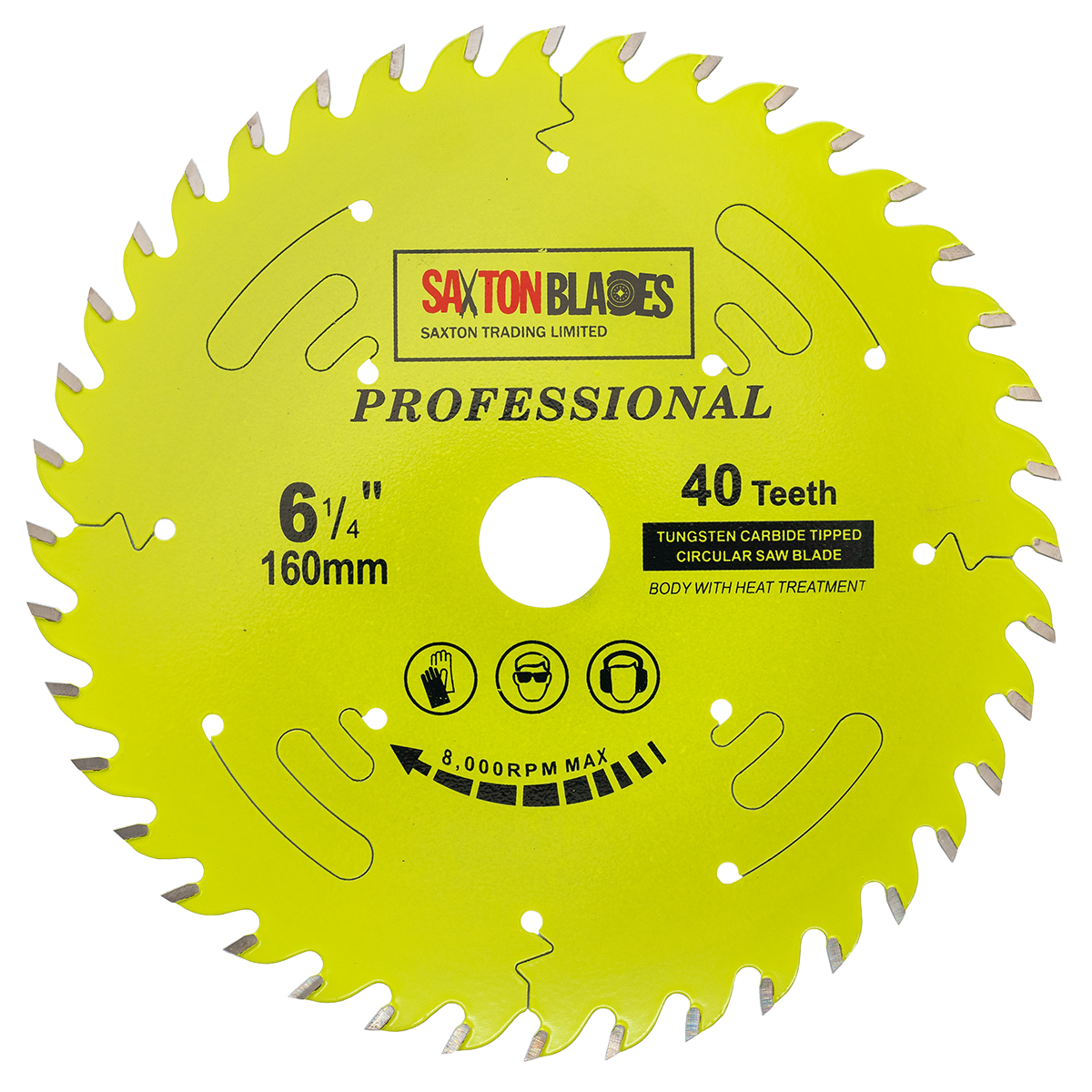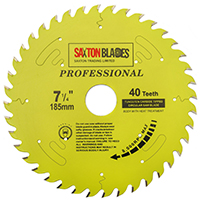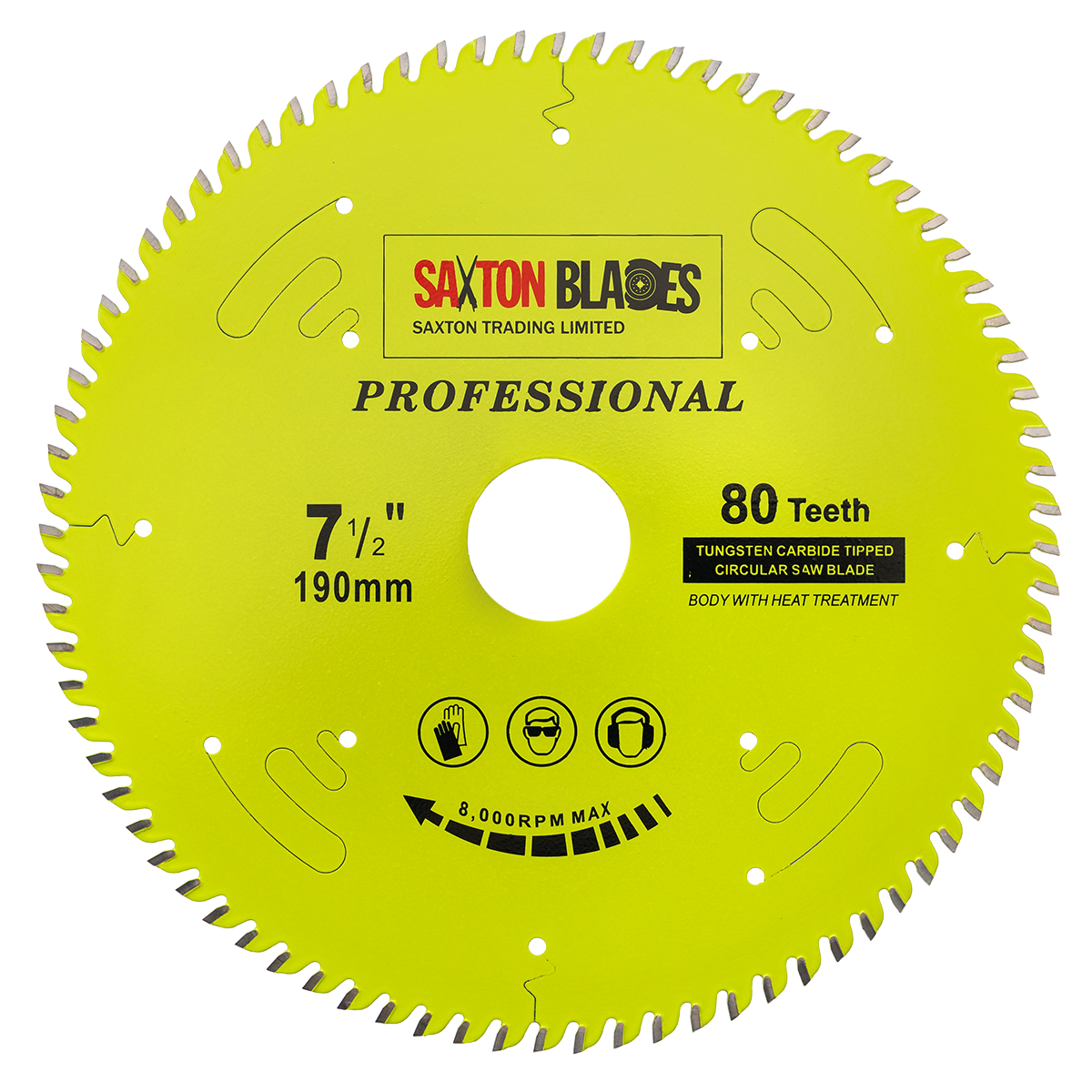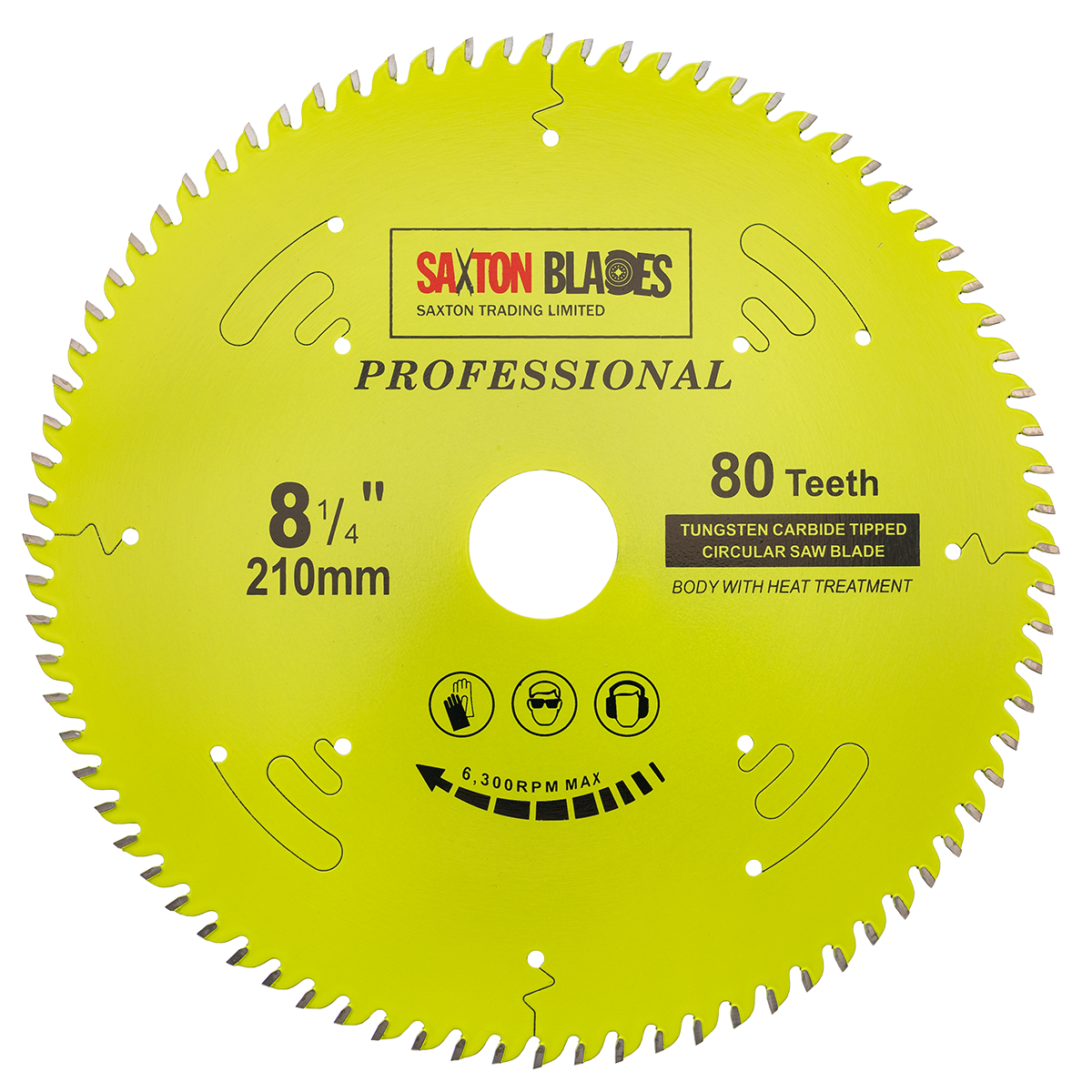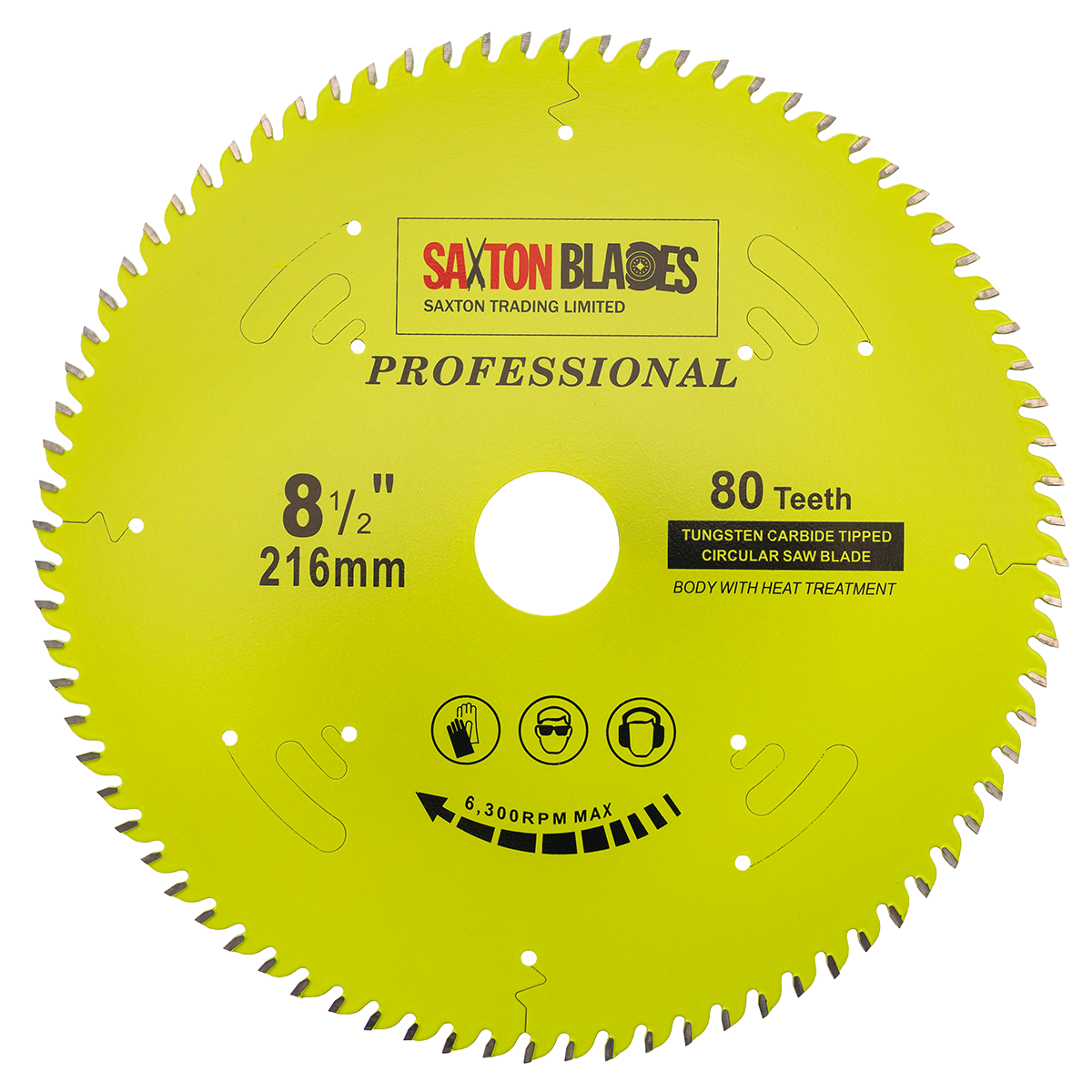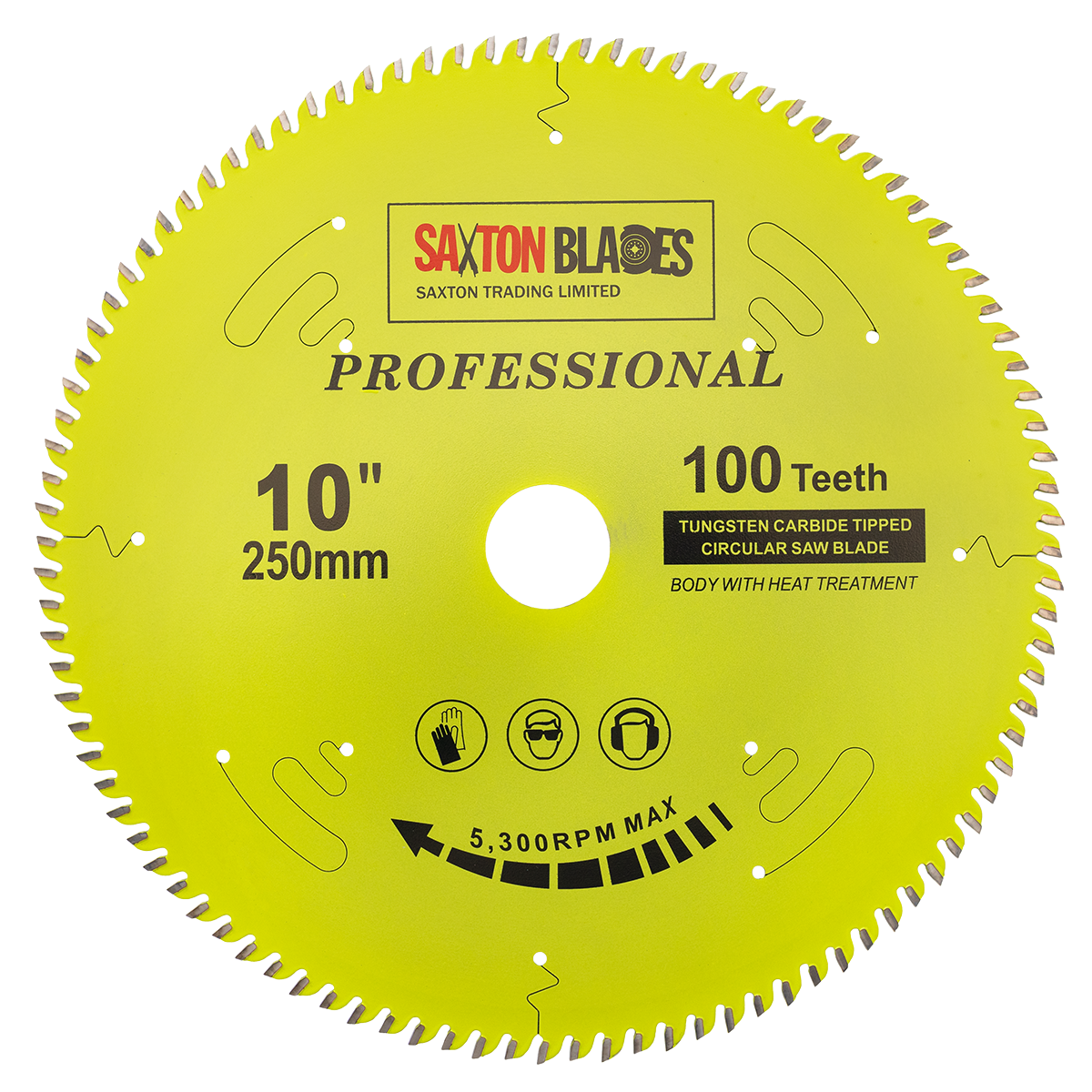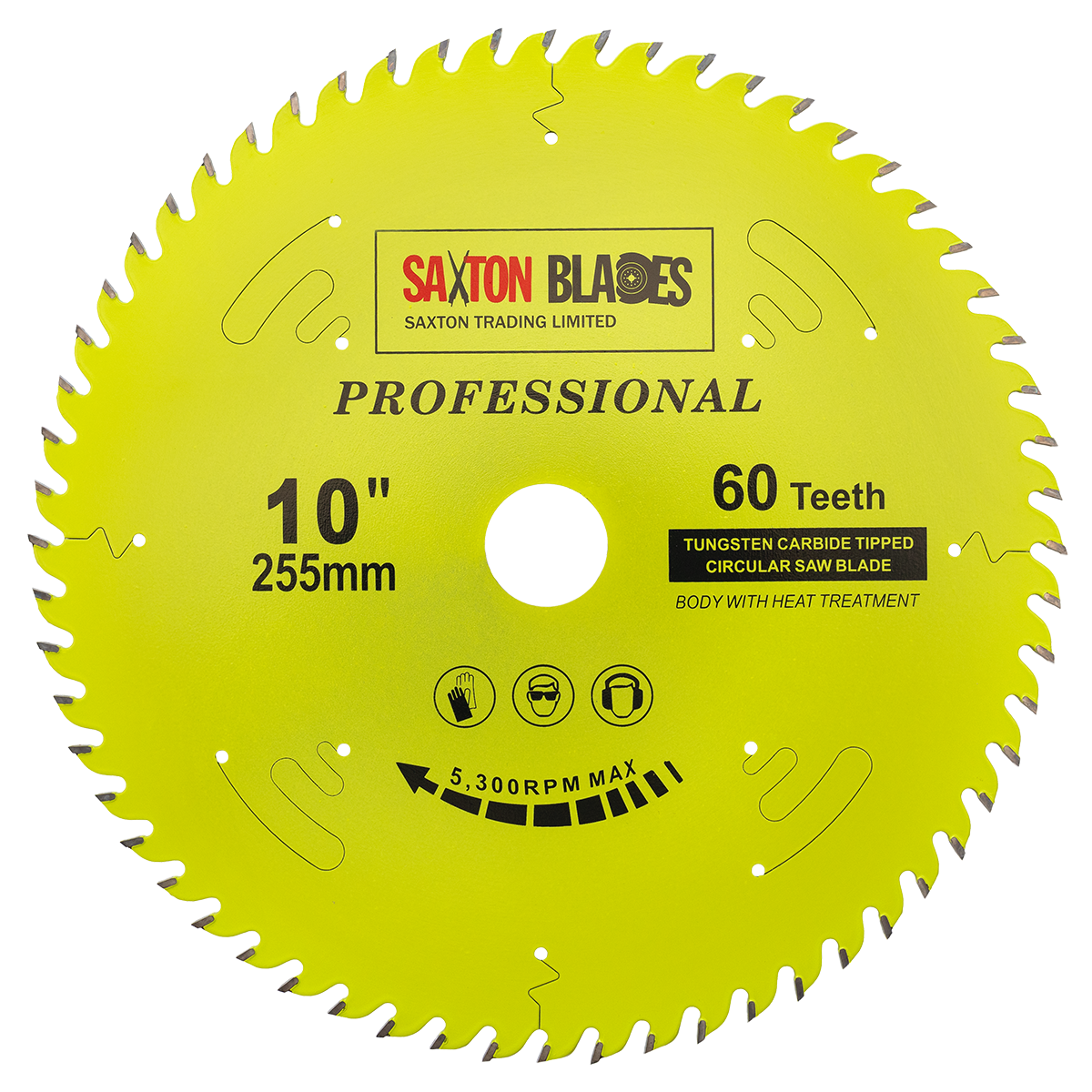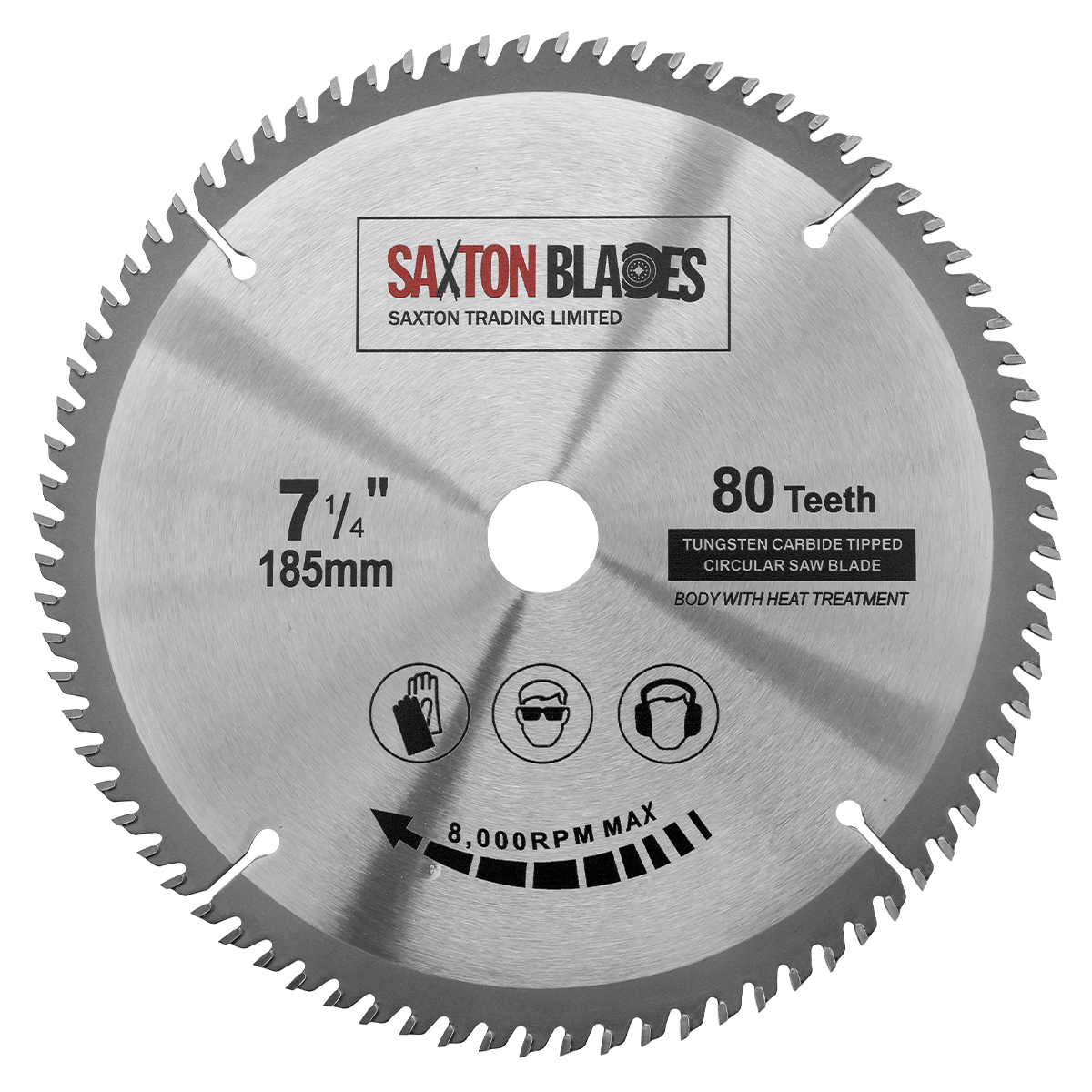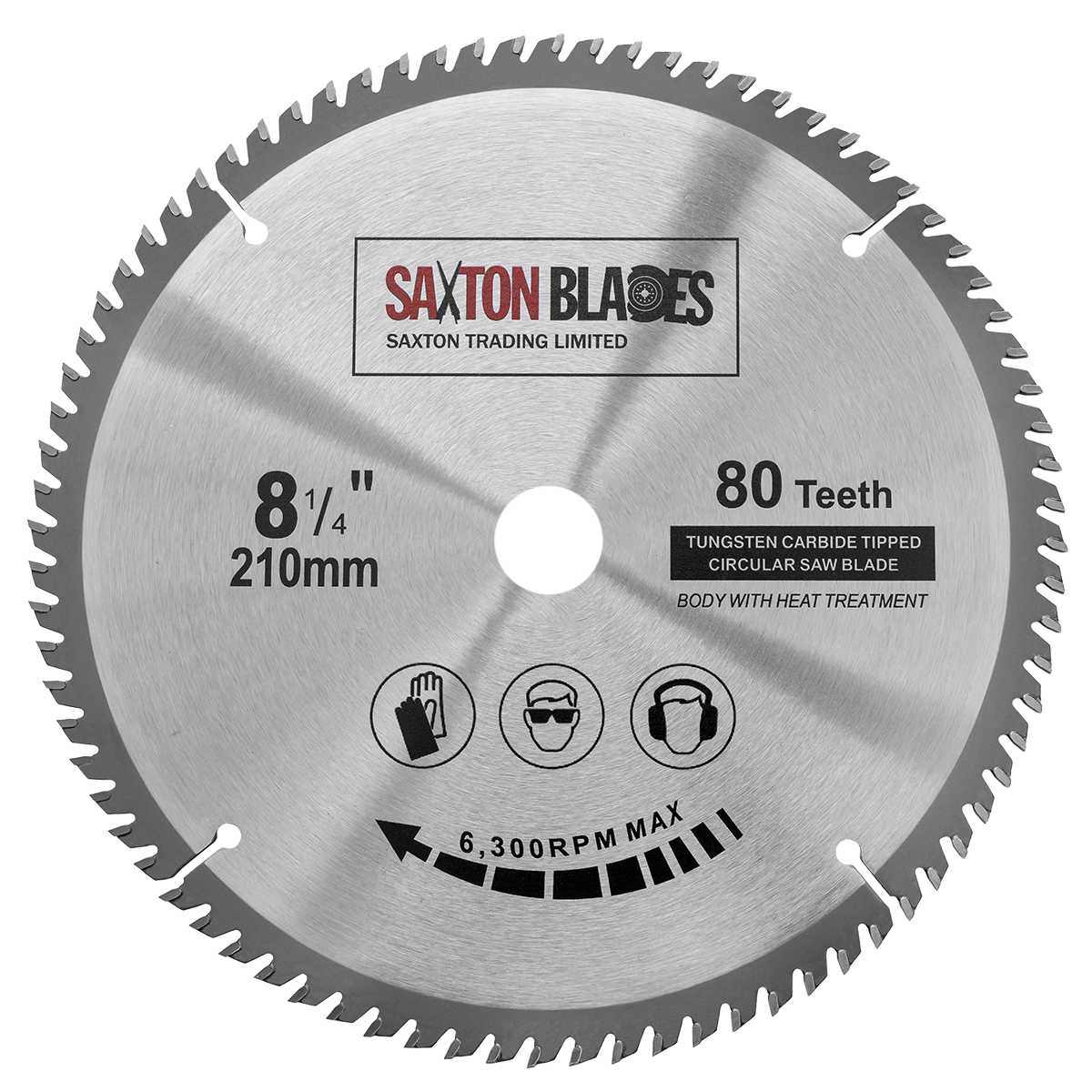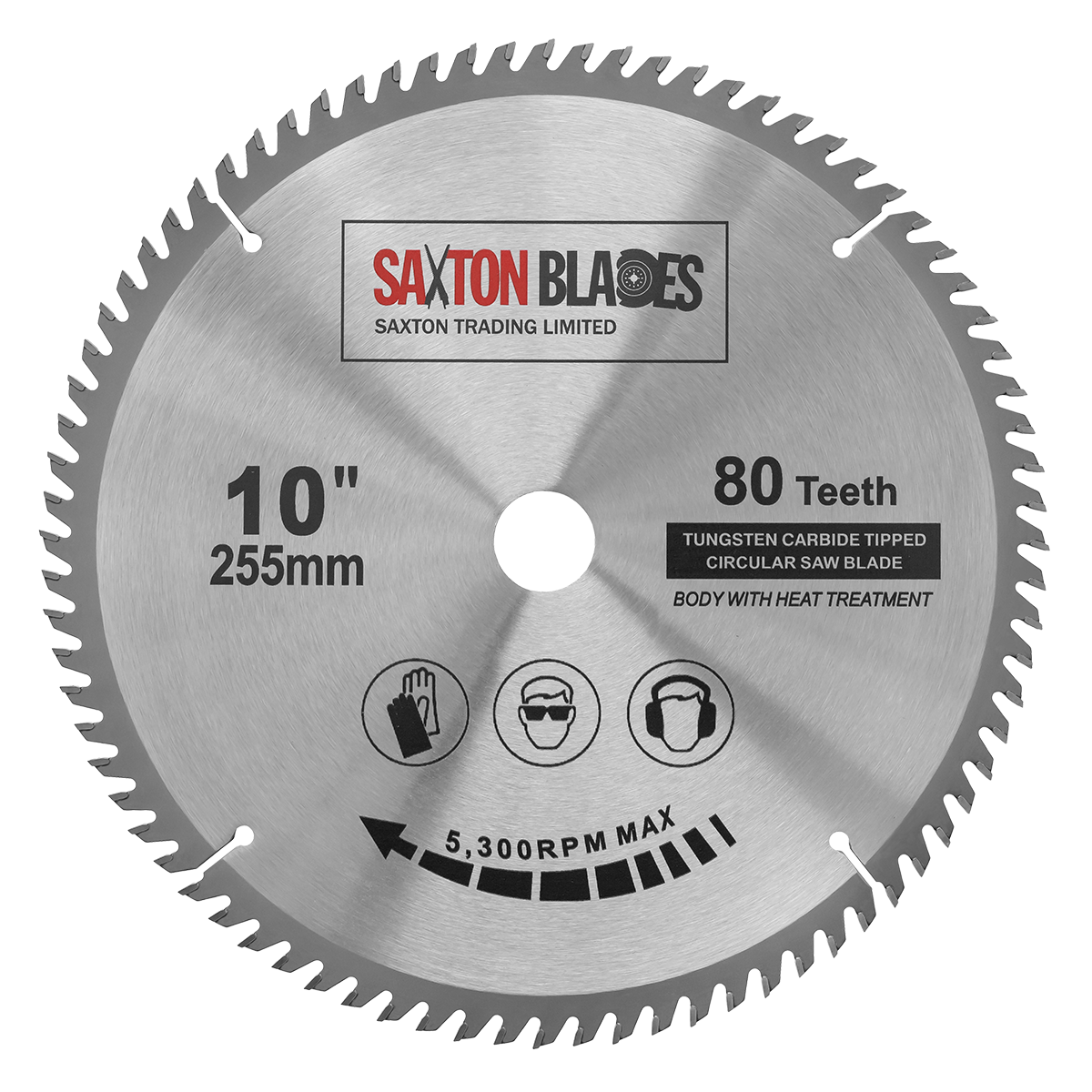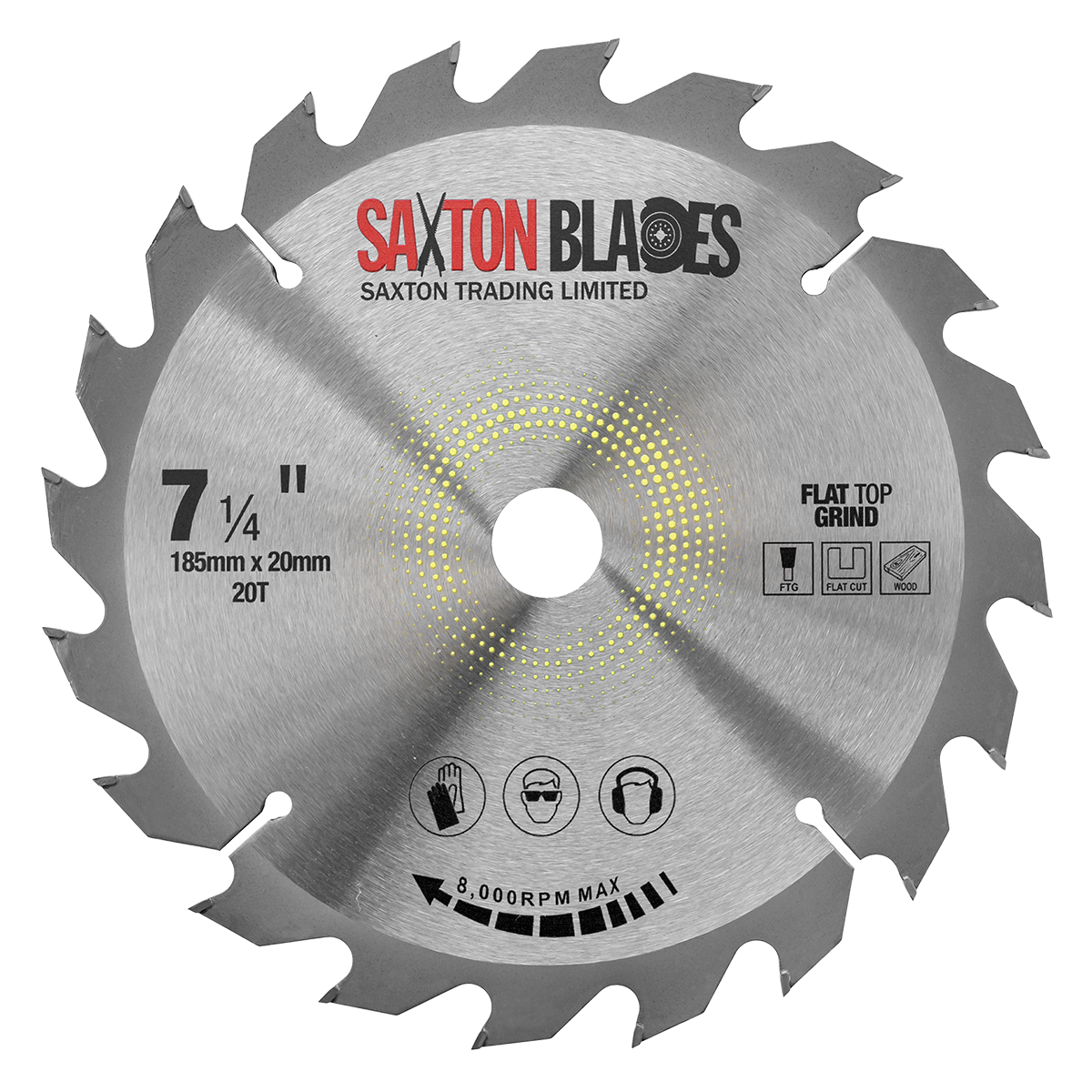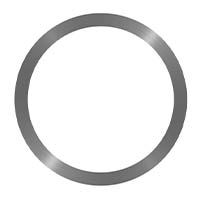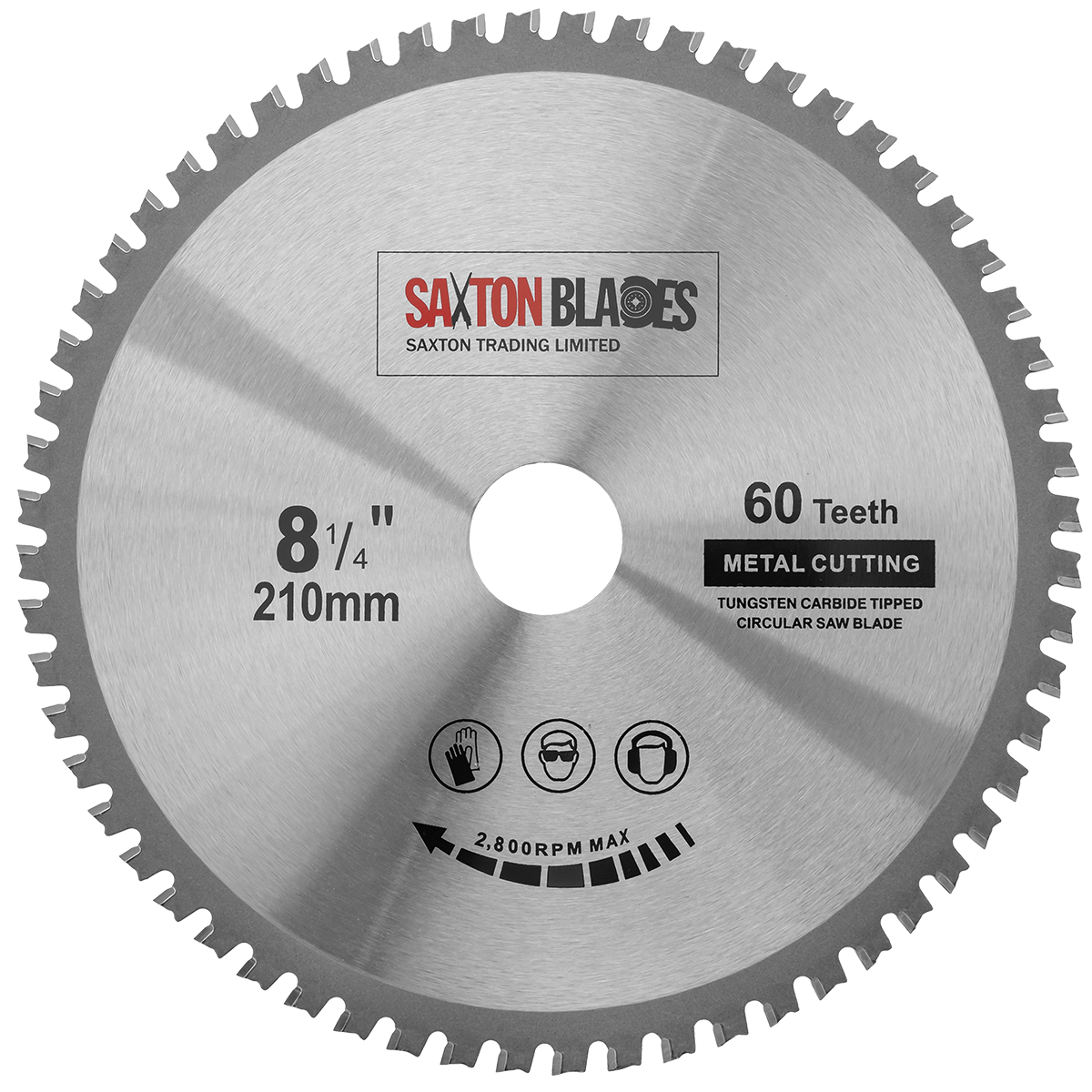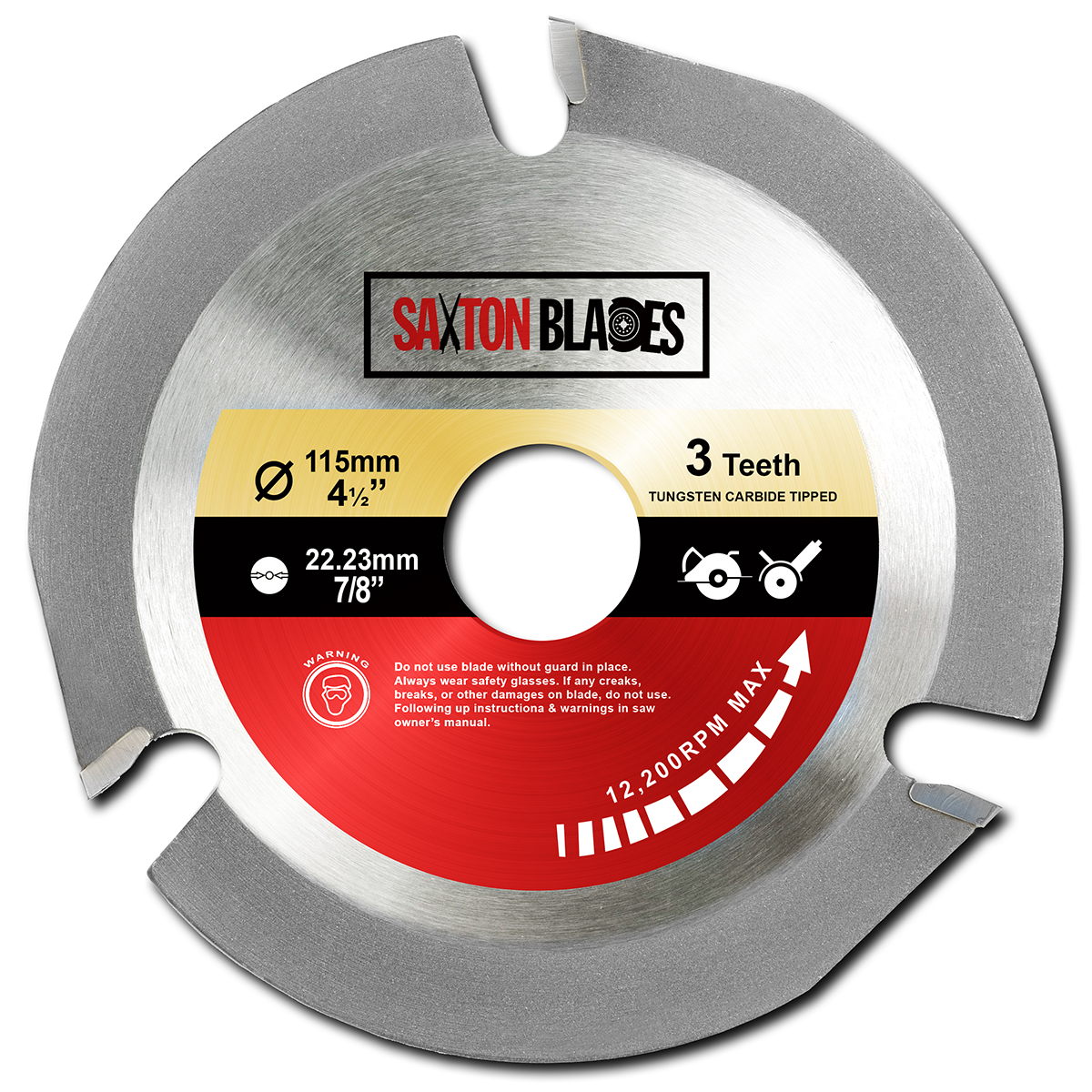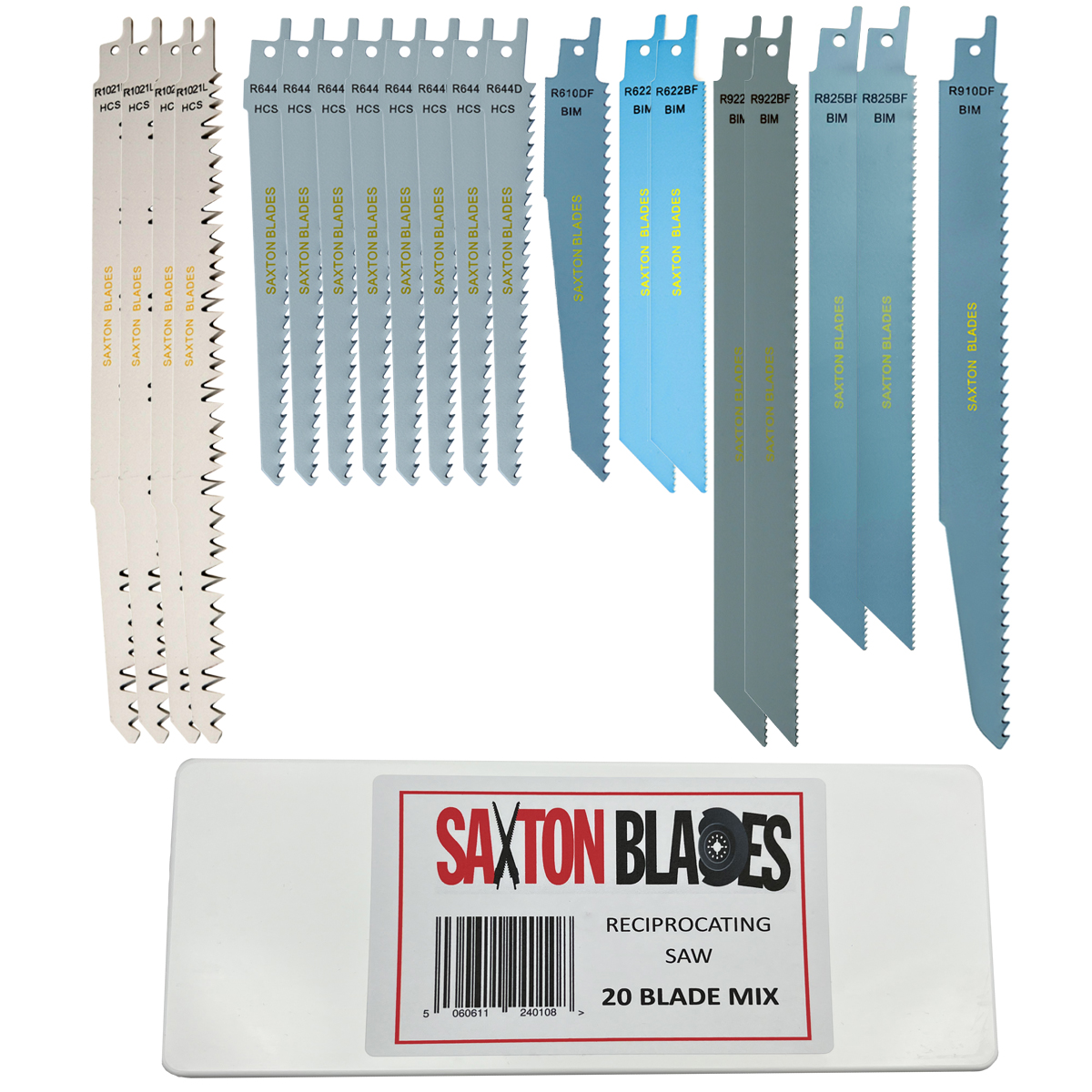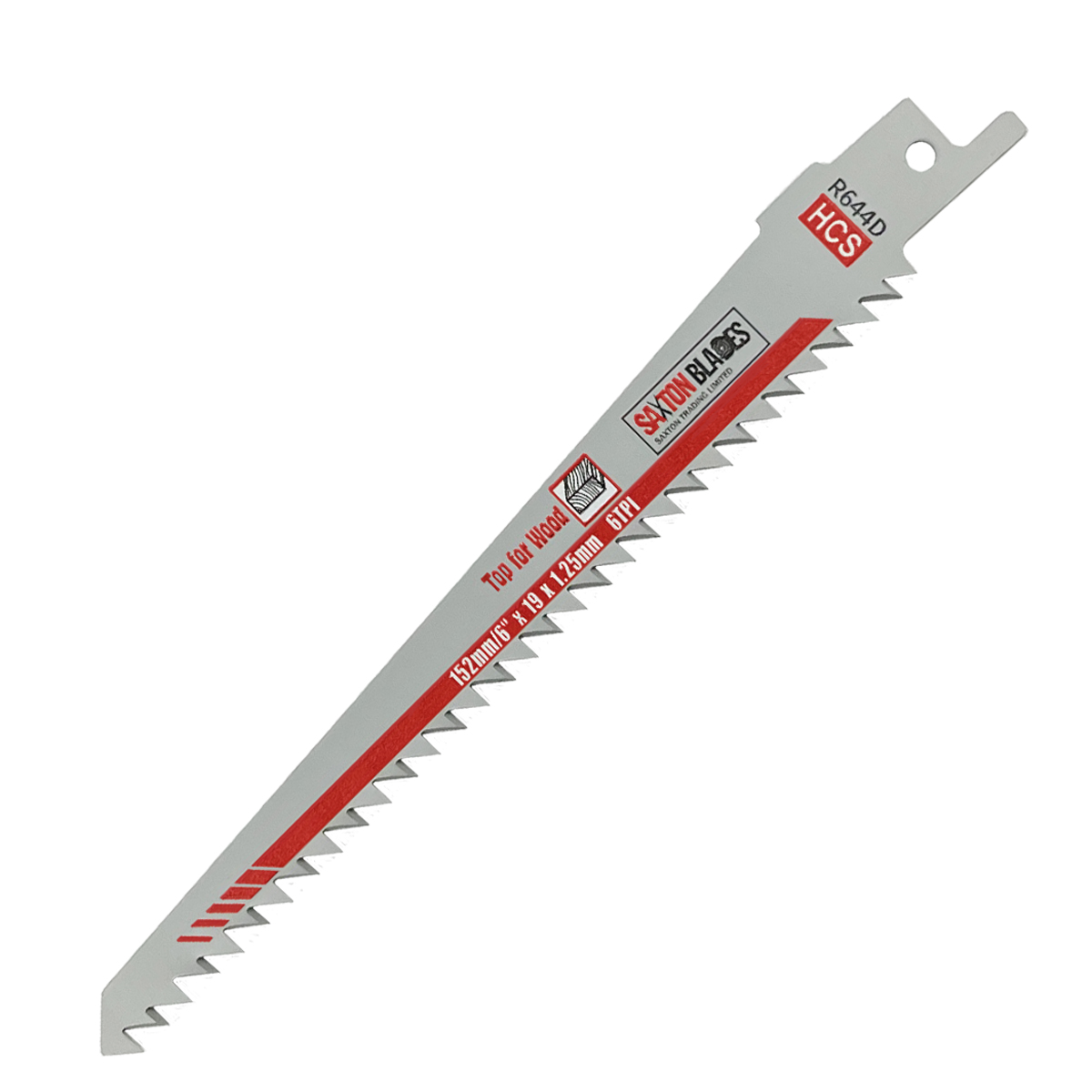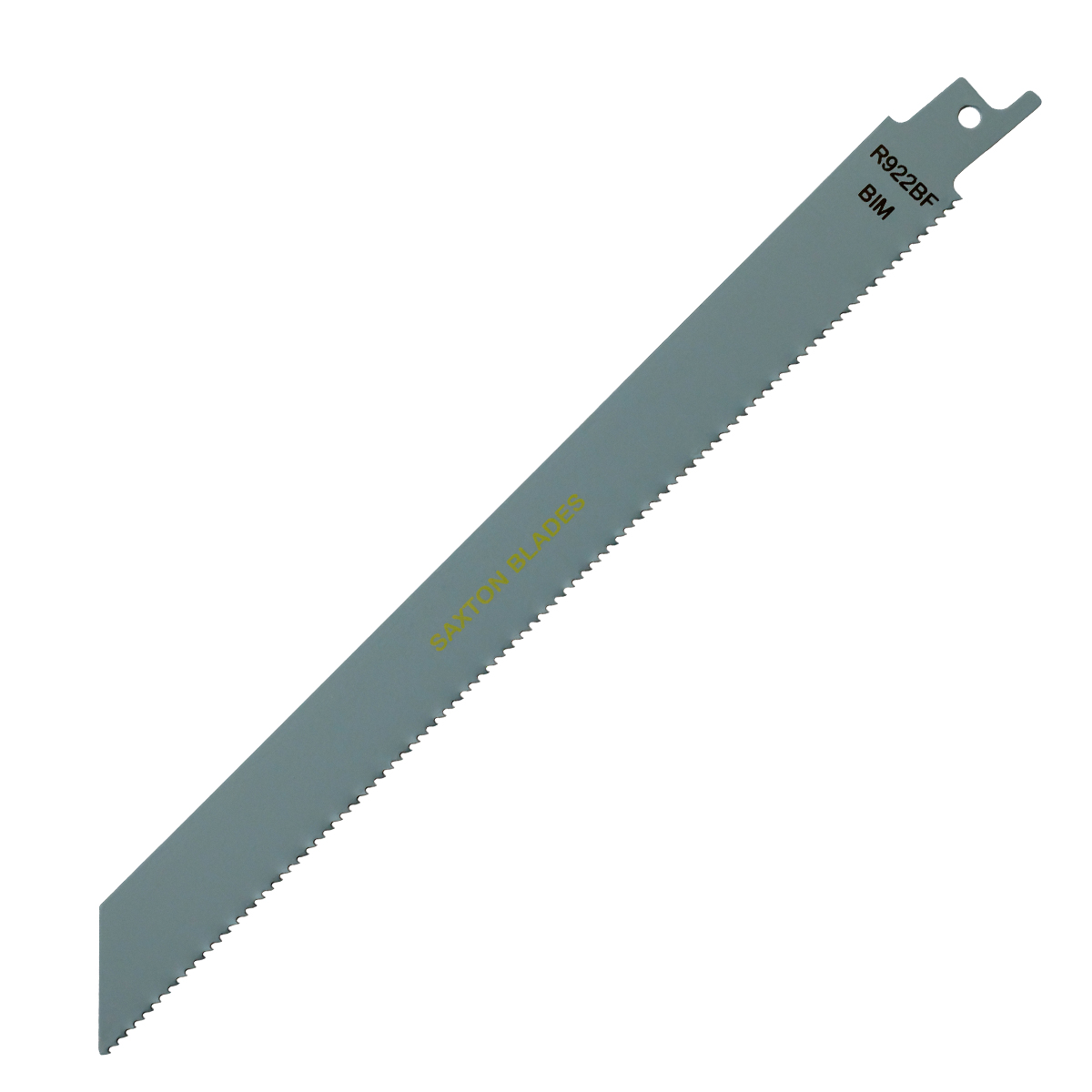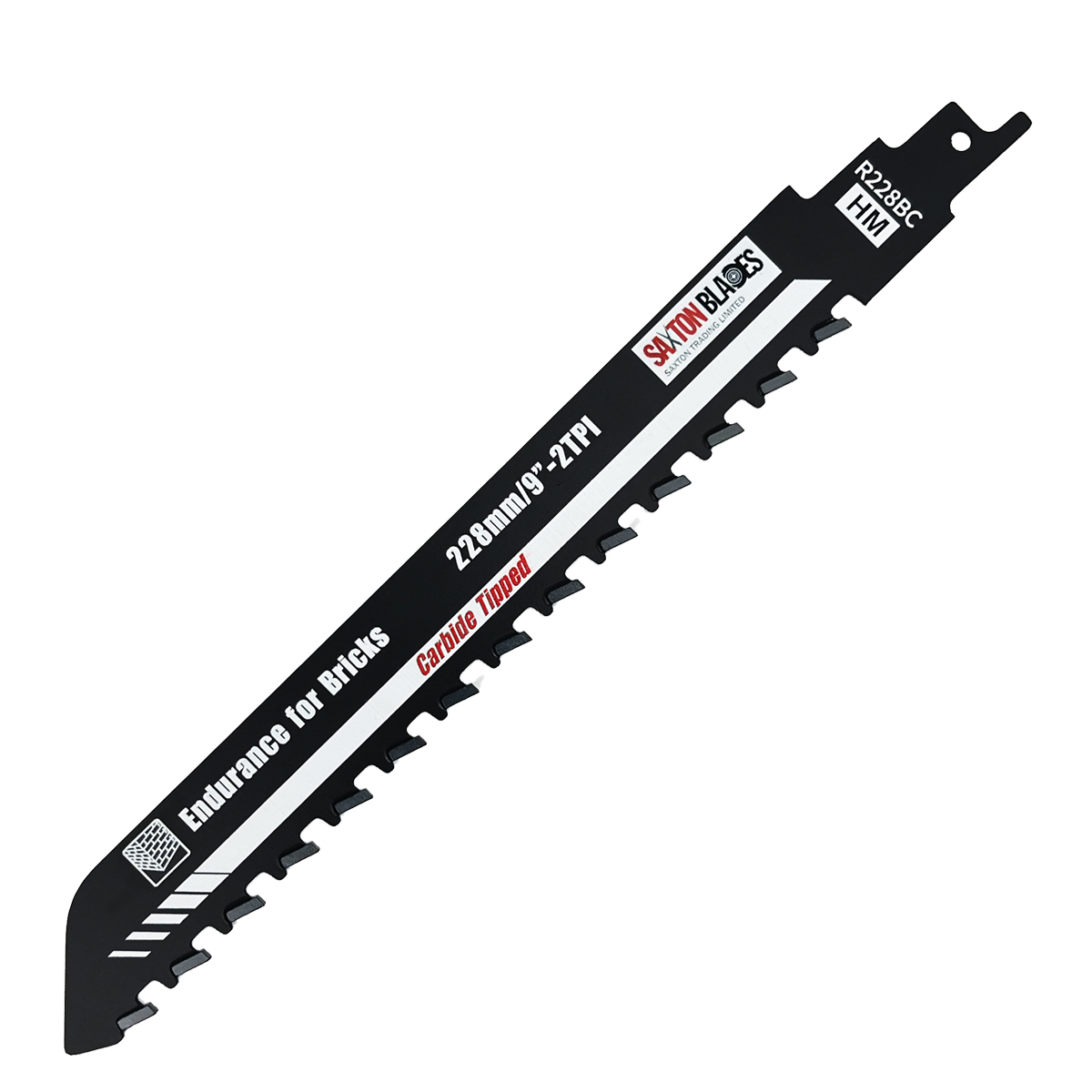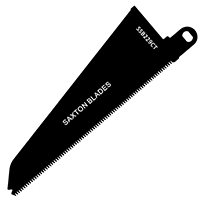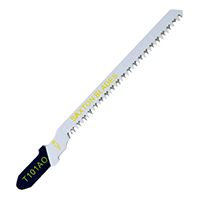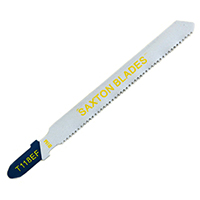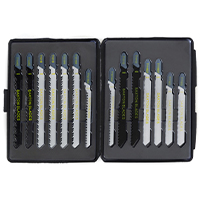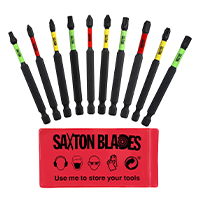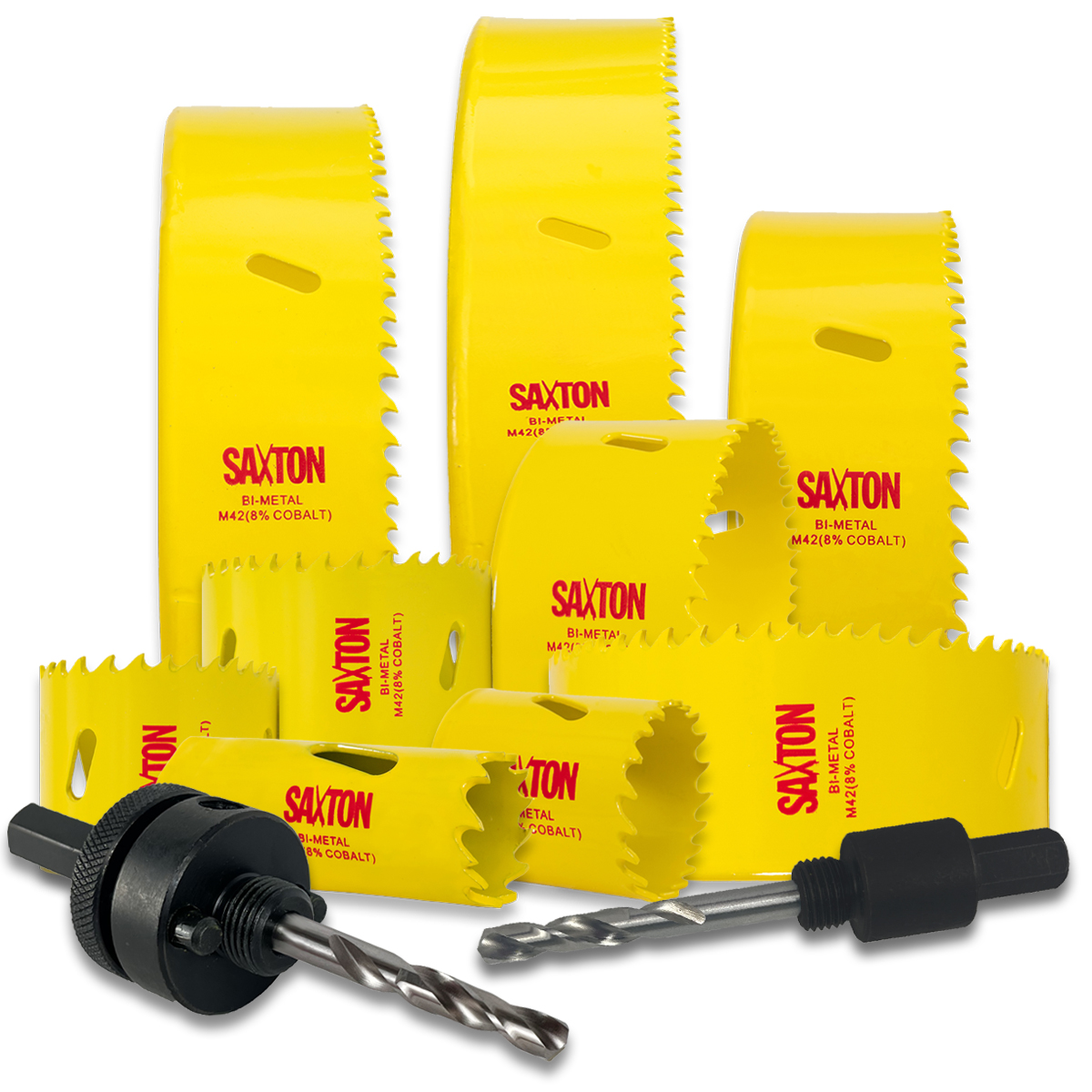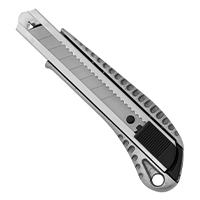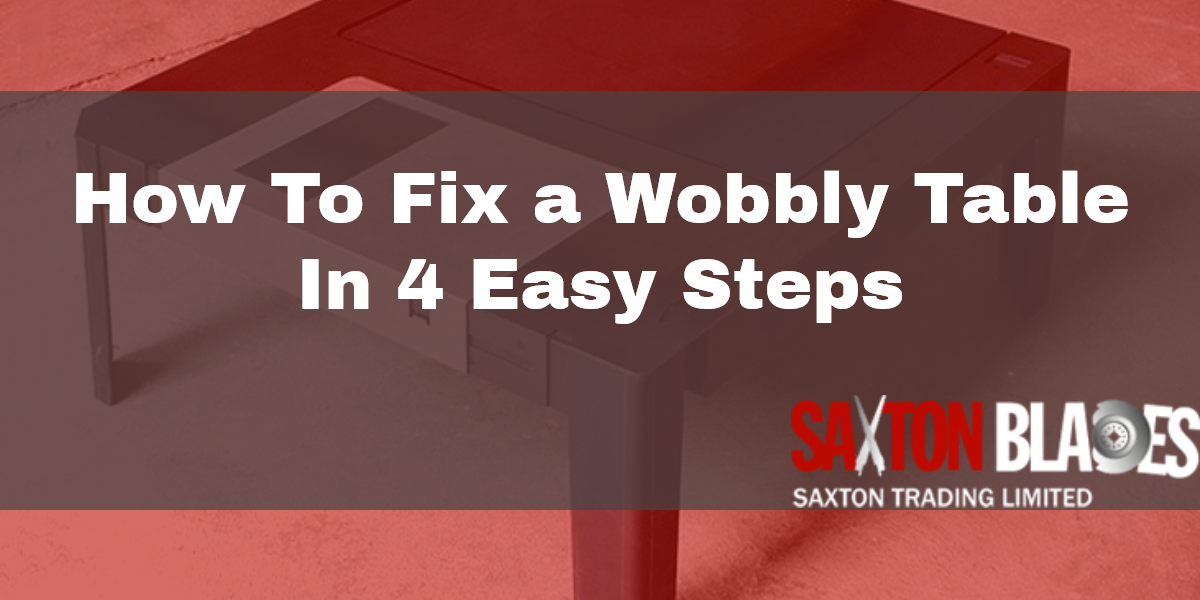
In the fourth in our ‘How To…’ guides, our owner, Glenn Peskett, takes you through how to put right a wobbly table leg that doesn’t involve using a dog-eared copy of a book you no longer read or a couple of old coasters.
If you’ve got a wobbly table, it could be a number of things that’s causing the problem. It doesn’t take an expert to fix it. Just get your tools, work your way through this list of four easy steps and with your DIY skills, you’ll have it fixed in no time.
First, make sure you’ve got this stuff to-hand;
WHAT YOU NEED
- A wrench
- A screwdriver
- Wood glue or superglue
- A universal blade
- Rubber wedges
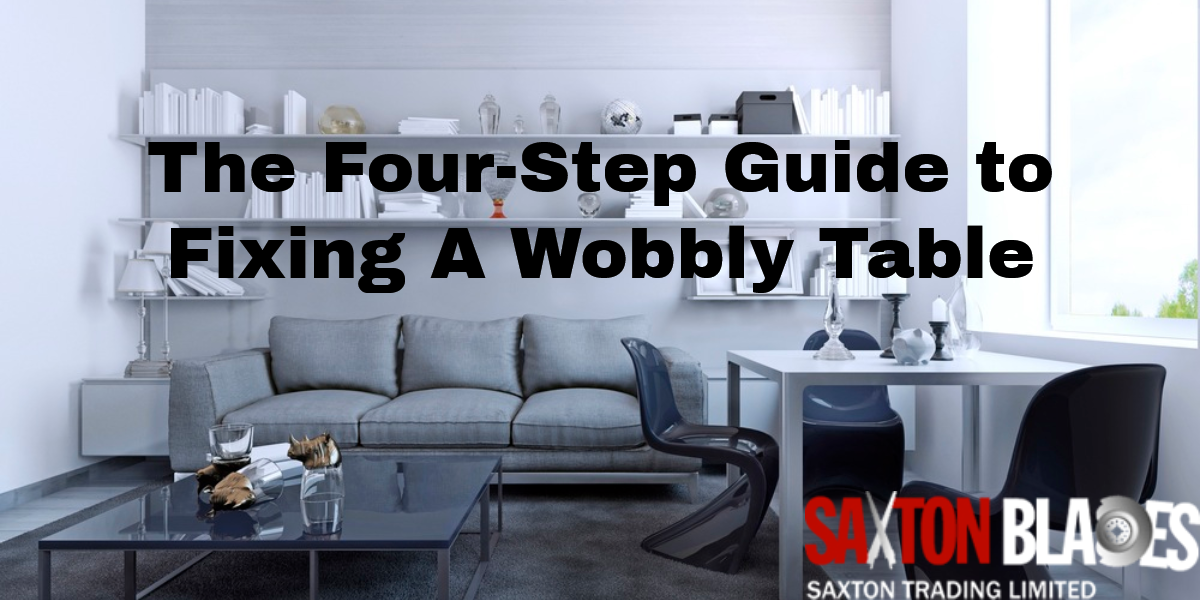
1. EXAMINE YOUR TABLE
The legs of the table will be the main thing making it wobble. That’s why the first thing you should do is turn your table over and examine the legs. If they are made of wood or plastic, look for cracks in the structure or if you have uneven table legs.
You also need to check if your table has any loose joints. Keep the table top steady, grab each wobbly leg and try to move it side-to-side. This is the quickest and easiest way of finding out which are not properly fixed to the table top.

2. FIX THE LEGS
In the vast majority of cases, table legs are fixed with either screws or bolts. If your table legs are screwed in; make sure you have the right type of screwdriver and make sure you have spare screws incase any are badly damaged. Tighten the screws as much as possible. This will make the legs steady again.
However, if the table legs are fixed in place using bolts, you’ll need a wrench. Tighten them as much as you can to get the legs steady.
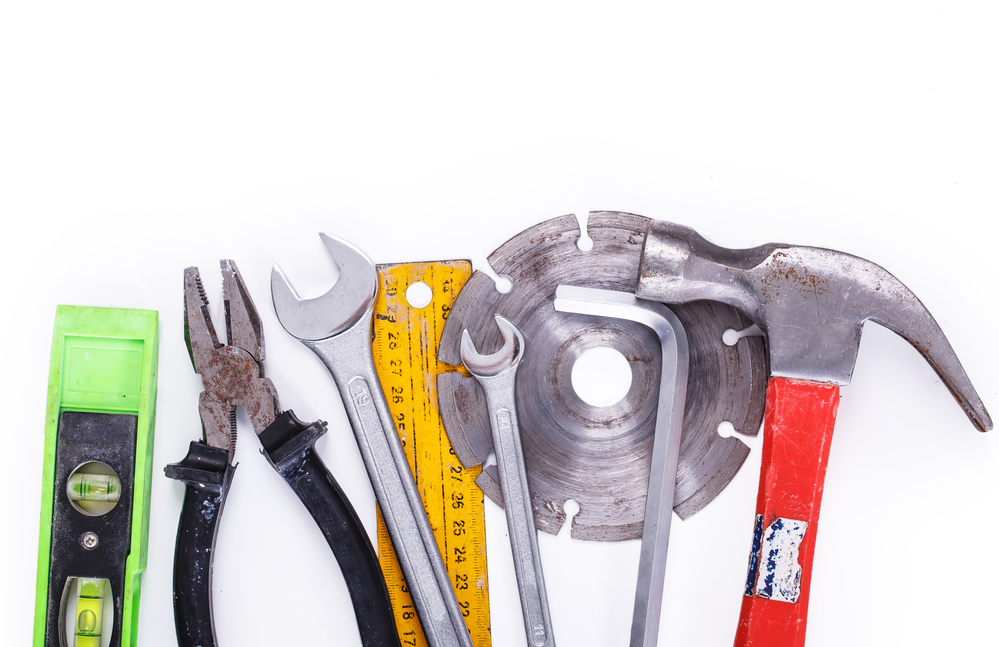
While this is quite rare nowadays, another possibility is that the legs of your table are glued on. If this is the case, apply extra strong adhesive to stop the legs from wobbling. You can use universal superglue. However, if you want to fix the problem for good, a special adhesive for the specific material your table is made from will be far more effective, like a wood glue. It’ll also mean you don’t have to revisit the problem again and again going forward.
Apply the adhesive between the leg and the table top and place the leg into the correct position. Keep it there for as long as the glue needs to dry and you’re done. While you’re there, you might as well check each table leg to make sure that all of them are perfectly fixed to the top too.

3. CHECK THE TABLE AGAIN
After you have tightened the screws or bolts on your table as firmly as possible, your table shouldn’t be wobbling anymore. However, you should check it yourself first to make sure; put the table back and give it a little nudge to see if it is still wobbly.
With luck, you should be done. If the table is still wobbling though, there is still a way to fix it, as there are a few factors that can cause a table to be unstable.
Therefore, check the table’s position on the floor. Put the table in its regular spot and find out where it wobbles. Then, if possible, move the table around the floor to find out the position in which it wobbles the least. This could be as there are other factors, such as uneven table legs, or uneven floors that are needing a bit of home improvement.

4. SECURE THE TABLE IN PLACE
After you have determined where your table should be placed to minimise the wobbling, it’s time to add the finishing touch. You may be tempted to use a piece of cardboard or fabric to secure the table legs into place, but I’d strongly recommend opting for rubber wedges.
These are not only difficult to remove from under the table legs, but they are anti-adhesive as well. This means that the table will be secured to the floor too. Place the rubber wedges under the table legs and use a universal blade to cut them according to their specific shape.
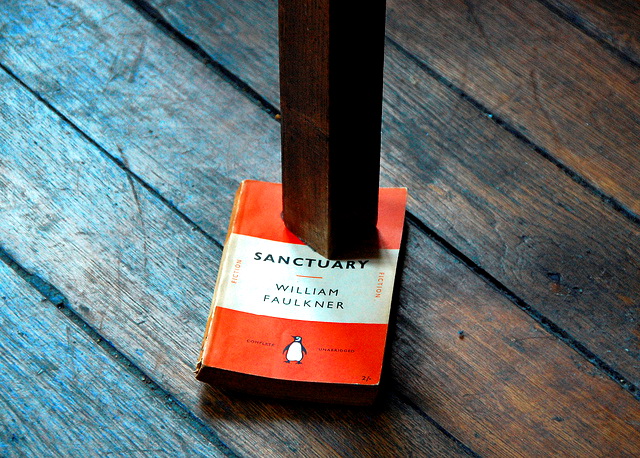
It isn’t necessary, but you can also use some superglue as a fastener to make sure they stick to the legs. Simply apply the superglue onto the rubber wedge, lift up the table leg, place the rubber wedge onto the bottom of the table leg and keep the wedge firmly into contact for at least a minute. Make sure you read the label correctly to find out the exact requirements of the superglue though.
After the adhesion process is complete, check the table again. At this point, it shouldn’t still wobble. However, if it still is, add a few more rubber wedges and you should be done.
As you can see, fixing a wobbly table is quite easy if you know how and you have the right tools. Follow these four steps, do everything properly and you should no longer have an issue.
In the meantime, we’d love it if you shared this posts with your friends and family!

